Bend Labs Digital Flex Sensor - 2-Axis, 4 Inch
The Bend Labs Digital Flex Sensors are an innovative solution for measuring motion, providing a unique alternative to existing sensor technologies for measuring a highly accurate and drift-free angular displacement in a soft form factor while maintaining extremely low power consumption. Constructed using highly durable, medical grade silicone elastomers, this is a two axis bidirectional sensor which measures two angles in orthogonal planes for 3D orientation. Where previous flex sensors required analog-to-digital conversion and had delicate connection points, this digital flex sensor has a built-in microcontroller with an easy to use I2C interface. Its low-power, integrated analog front end provides angular displacement data in degrees and includes onboard calibration
Extraneous bending has minimal impact on the sensor's output. Common mode signals such as stretching and temperature fluctuations are also rejected, providing a high fidelity measurement of angular displacement ideal for a wide variety of applications. This sensor requires 1.62-3.6V regulated supply for proper operation. Additionally Bend Labs has written an Android demo app using the SparkFun nRF52840 showing how to transmit flex values over BLE. You'll need the nRF52840, the example sketch, the Bend Labs driver, and an Android phone. Python example showing how to visualize bend in real time.
Note: Due to licensing restrictions Bend Labs technology cannot be licensed for commercial use in the AR/VR field.
- Highly flexible, soft, silicone elastomers for unrestricted bending
- Water/weather resistant and highly durable
- Onboard calibration and bootloader
- Sensitivity: 0.016° LSB
- Voltage: 1.8-3.63V
- Output: I2C
- Power Consumption @ 3.3V
- 243uA @ 100Hz
- Active run down to 97uA
- 1.7 uA suspended
- 50 nA shutdown
- Power Consumption @ 1.8V
- 223uA @ 100Hz
- Active run down to 78uA
- 1.7uA suspended
- 55nA shutdown
- Dimensions: 100mm x 4mm x 4mm
- Life Cycle: >1M cycles
Bend Labs Digital Flex Sensor - 2-Axis, 4 Inch Product Help and Resources
Core Skill: Soldering
This skill defines how difficult the soldering is on a particular product. It might be a couple simple solder joints, or require special reflow tools.
Skill Level: Noob - Some basic soldering is required, but it is limited to a just a few pins, basic through-hole soldering, and couple (if any) polarized components. A basic soldering iron is all you should need.
See all skill levels
Core Skill: Programming
If a board needs code or communicates somehow, you're going to need to know how to program or interface with it. The programming skill is all about communication and code.
Skill Level: Competent - The toolchain for programming is a bit more complex and will examples may not be explicitly provided for you. You will be required to have a fundamental knowledge of programming and be required to provide your own code. You may need to modify existing libraries or code to work with your specific hardware. Sensor and hardware interfaces will be SPI or I2C.
See all skill levels
Core Skill: Electrical Prototyping
If it requires power, you need to know how much, what all the pins do, and how to hook it up. You may need to reference datasheets, schematics, and know the ins and outs of electronics.
Skill Level: Rookie - You may be required to know a bit more about the component, such as orientation, or how to hook it up, in addition to power requirements. You will need to understand polarized components.
See all skill levels
Comments
Looking for answers to technical questions?
We welcome your comments and suggestions below. However, if you are looking for solutions to technical questions please see our Technical Assistance page.
Customer Reviews
No reviews yet.


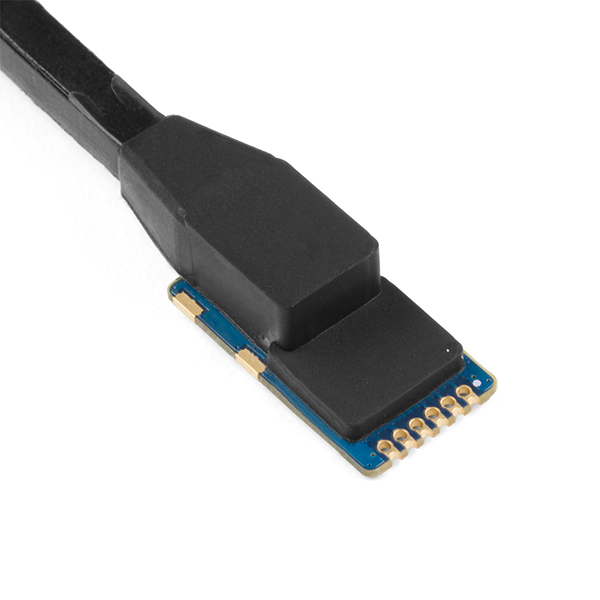
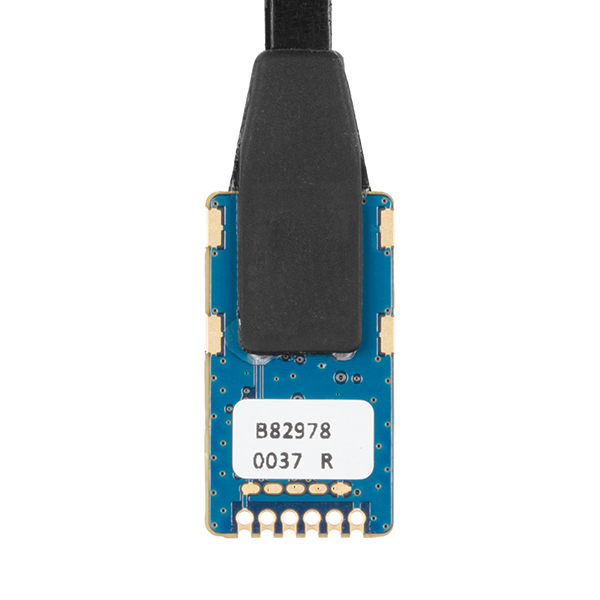
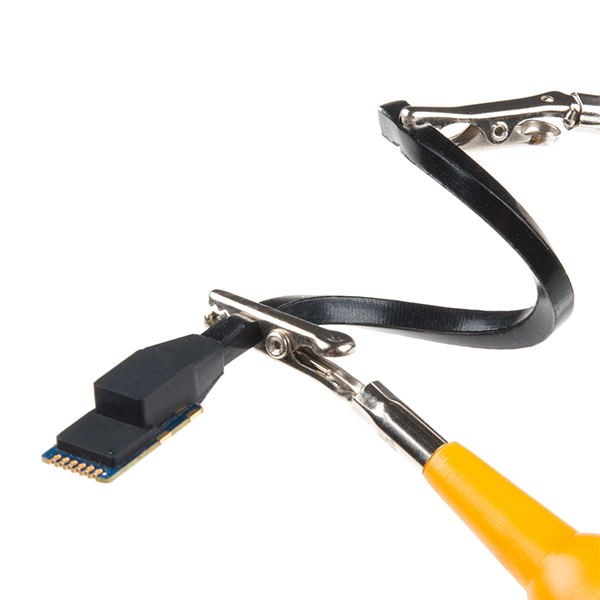
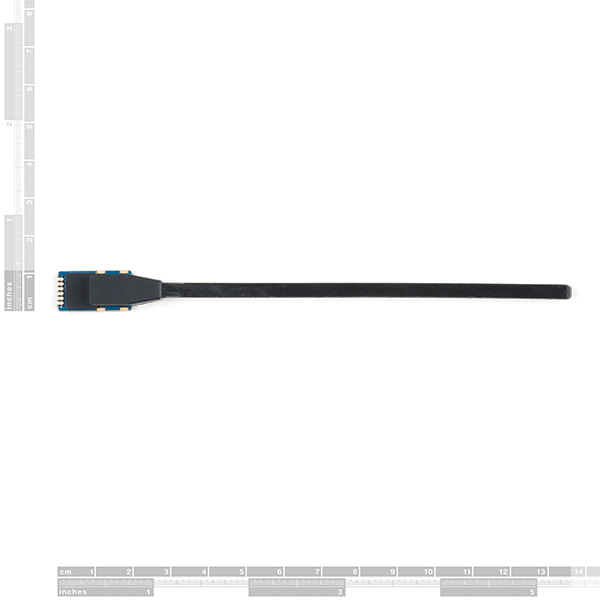
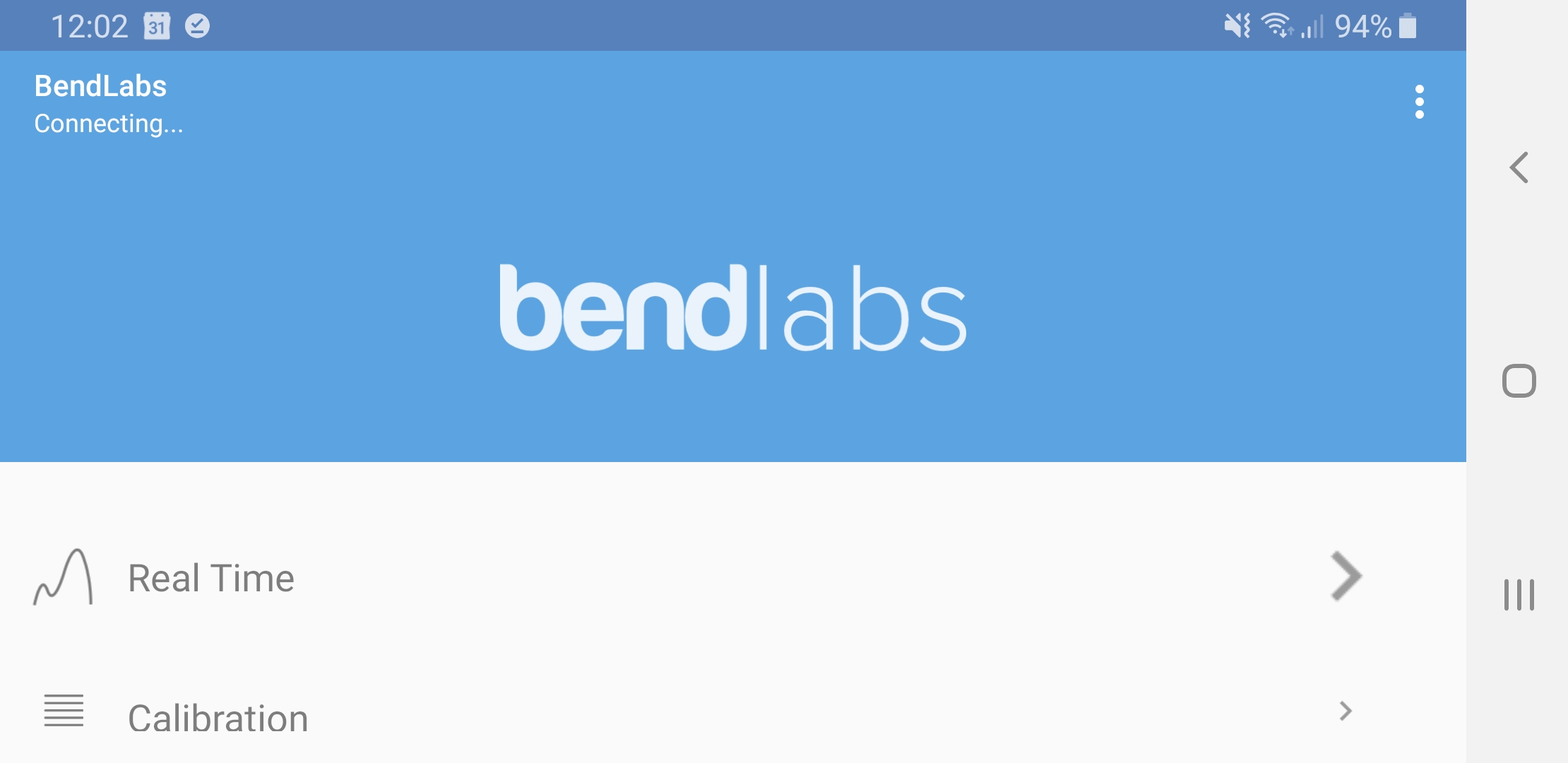
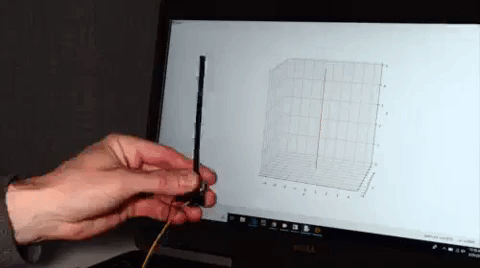
Looks like a cool product. Would be great to have more information on the i2c communication protocol, for interfacing the sensor with other boards (e.g. a RPi or Beaglebone).
Unfortunately, I don't think there is a register map type of datasheet. However, you can check out the driver files from Bendlab's GitHub repository.
Oof on the price, very cool product though. I might be able to get one which limits its usefulness :P